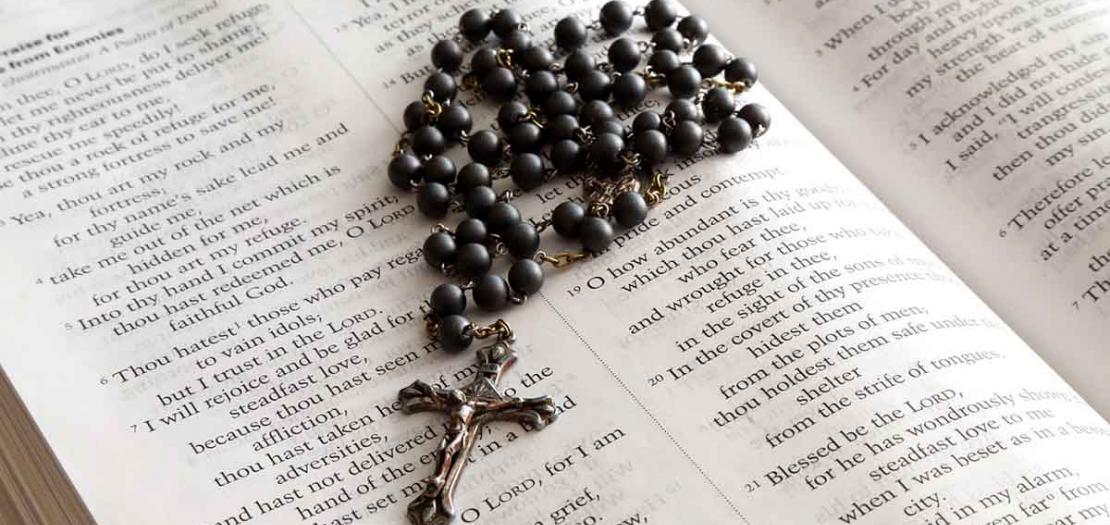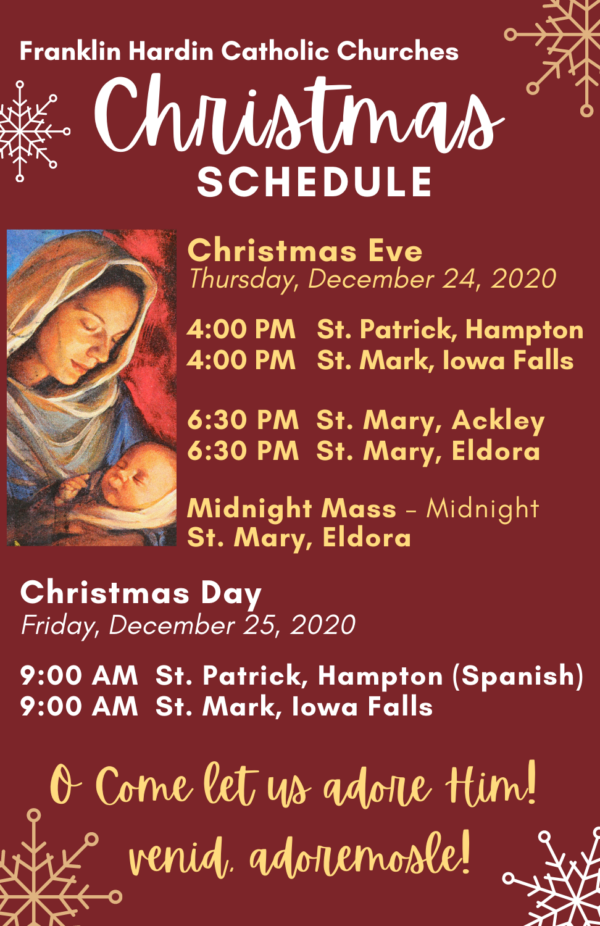October is the month of the Rosary. But where did we get the rosary from anyway?
It originated from the ancient Christian tradition of the regularly praying the Psalms. This structured prayer of praying the Psalms throughout the day we call “The Liturgy of the Hours.” Even today, priests, monks and nuns follow the Liturgy of the Hours, praying five to seven times of day, praying through different psalms. The prayer book used for this is called the Breviary.
But in the Medieval Ages, for those who could not read the Psalms, they were encouraged to simply pray a Hail Mary prayer for each of the 150 psalms. Thus grew the tradition to simply pray 150 Hail Marys over the course of the week, in place of praying the psalms. This became known as the “Marian Psalter.” People were encouraged to meditate on the life, death and the Resurrection of Jesus Christ while praying the Marian Psalter.
Then in 1208 Saint Dominic came. He had been traveling around preaching against the Albigensian heresy, a heresy that was teaching false and bad things about Christ. Dominic’s efforts to preach against this rapidly spreading heresy gained few conversions. In 1208, on the verge of discouragement, Dominic went into the forest near Talouse, France, to pray, asking God to provide what he needed to overcome the false Albigensian heresy. After three days of prayer and fasting, the Blessed Virgin Mary appeared to Dominic, instructing him to preach her Marian Psalter instructing him on which Mysteries of Christ to meditate on and preach on, thus giving him the original three sets of Mysteries of the Rosary: The Joyful, the Sorrowful, and the Glorious Mysteries. Thus, the Rosary as we know it, came to be: 50 Hail Marys for each set of mysteries, for a total of 150 Hail Marys of the Marian Psalter. And so, in praying the Rosary, teaching others to pray it and by preaching with the Mysteries of the Rosary, St. Dominic was able to overcome the Albigensian heresy and convert people back to true faith in Christ.
In 1917, at the apparition at Fatima the Blessed Virgin Mary gave us a prayer that was then added at the end of each decade of the Rosary: “Oh my Jesus, forgive us our sins …”
Lastly in 2002, Pope St. John Paul II instituted the “Luminous Mysteries” of the Rosary, to help us meditate more fully on the life and ministry of Jesus Christ.
Thus, because of its connection to praying the Psalms and it is used to meditate on the Gospel of Jesus Christ, the rosary is sometimes called “The Bible on beads,” and has been encouraged as a beautiful and powerful prayer for Christians for the last several centuries.
Peace,
– Fr. Kevin
PS: Bishop Thomas Zinkula will be installed as the new Archbishop of the Archdiocese of Dubuque on Wednesday, Oct. 18 at 2 p.m. Please pray for him and the Archdiocese in a special way this week. Perhaps, consider offering a Rosary for this intention!


